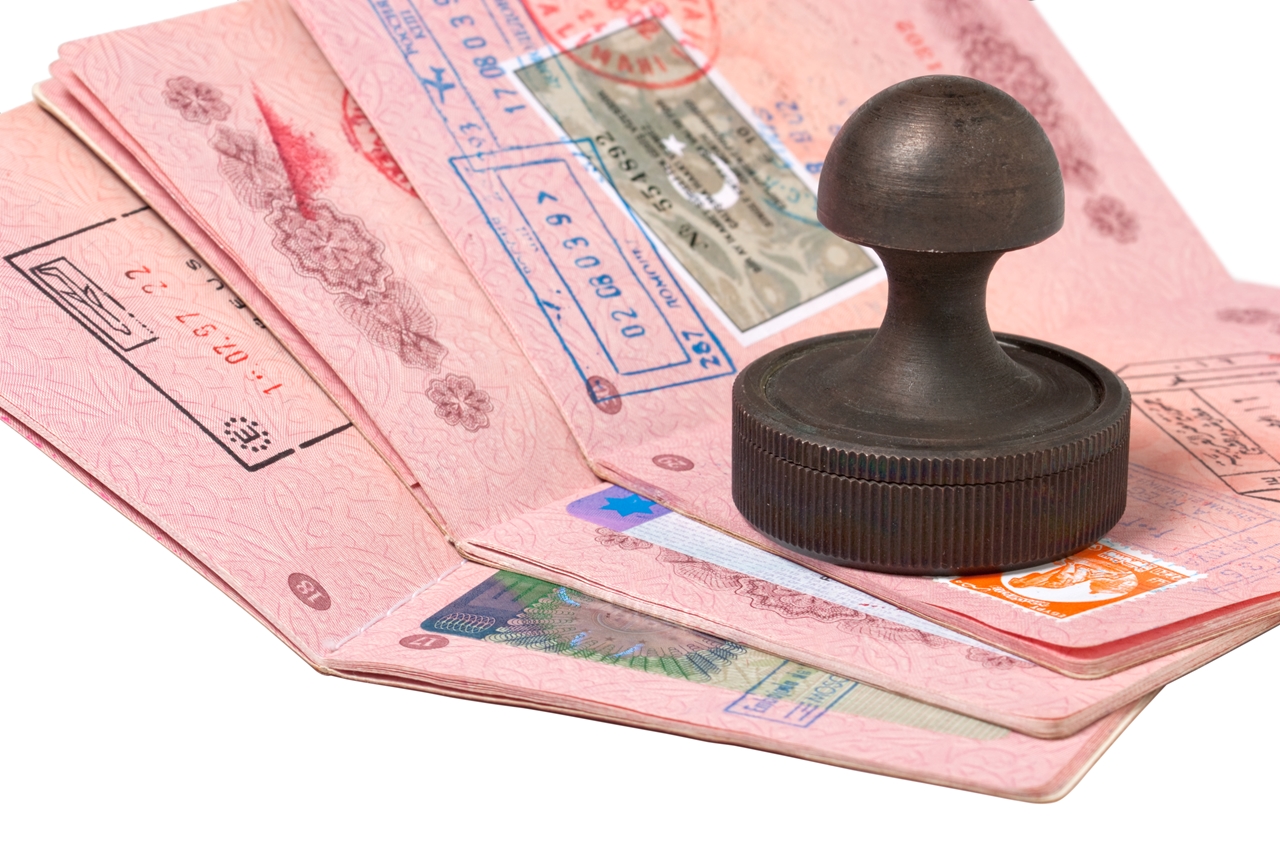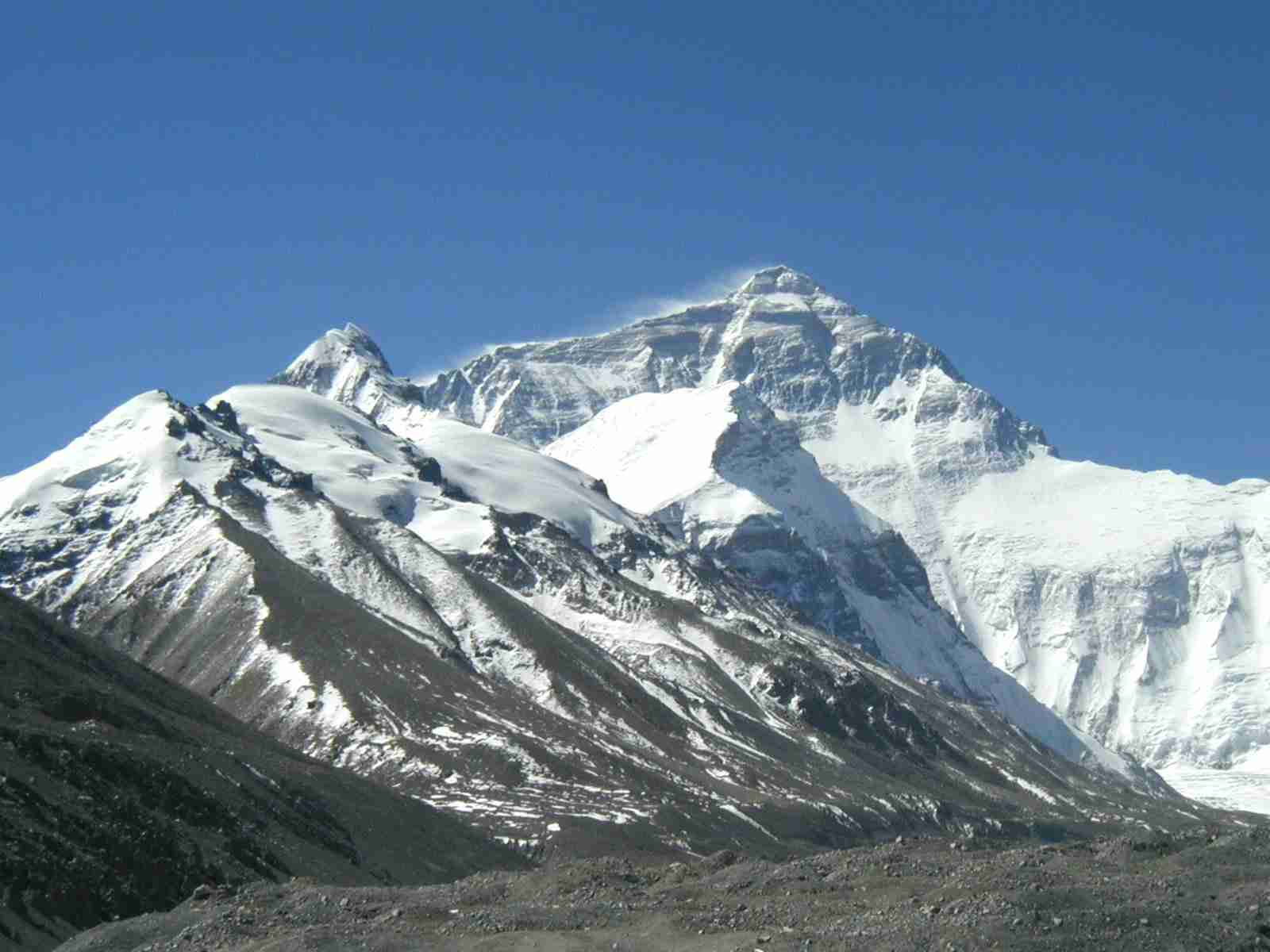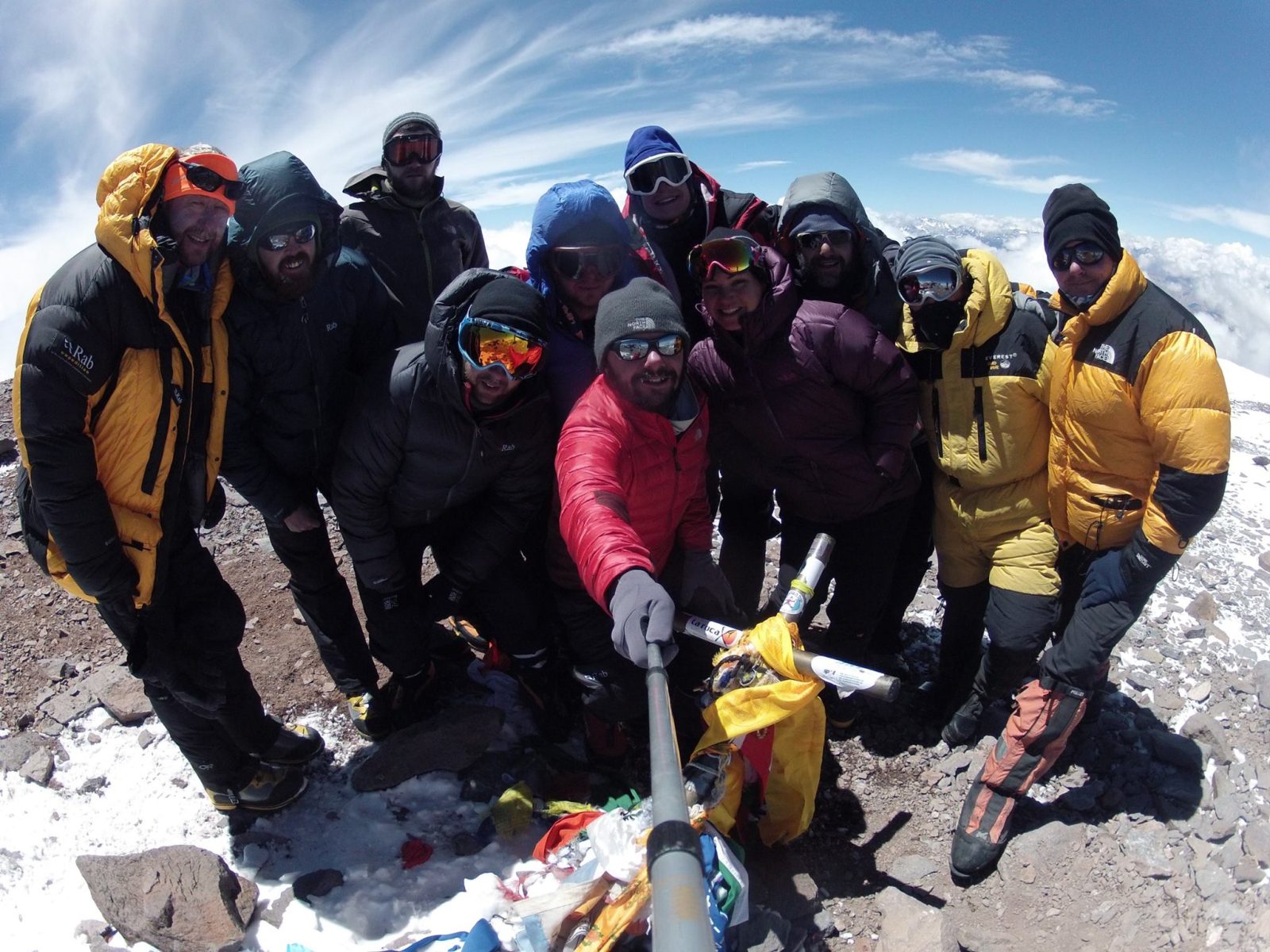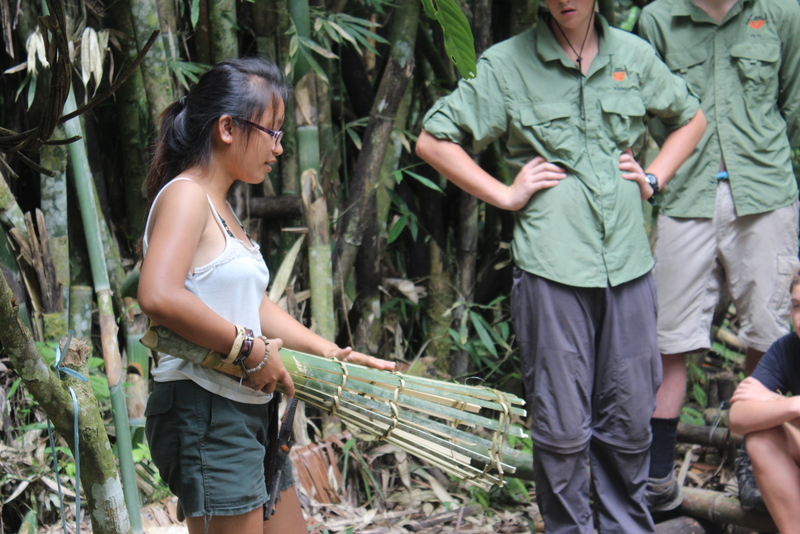
Indonesia Practical Information & Tips
VISAS FOR INDONESIA
The following advice is intended to provide guidance regarding visa and entry requirements in the destination country for UK nationals. This is not intended to be exhaustive or complete; visa requirements and the application process do change from time to time so we strongly advise visiting the UK Foreign & Commonwealth Office website and checking for their current advice.
Visas are not required for UK or US nationals entering Indonesia for short stays up to 30 days.
ENTRY REQUIREMENTS FOR VISA-FREE SHORT VISITS
- Passport must be valid for a minimum of 6 (six) months as from the date of entry into Indonesia.
- Onward or return tickets are compulsory.
- No compulsory vaccinations.
- Visitors on Visa-Free Short Visits must enter and exit from certain airports and seaports in Indonesia.
Passport validity
Your passport must be valid for a minimum period of six months from the date of departure from Indonesia. Entry to Indonesia will be refused and airlines may not carry passengers holding passports with less than six months validity. You are required to retain you arrival card for presentation to Immigration upon your departure.
Overstaying your visa
Overstaying without the proper authority is a serious matter and visitors can be held in detention or refused permission to leave the country until a fine of Rp. 200,000 per day is paid. After overstaying for 60 days, you will be detained and possibly imprisoned for between six months and two years.
Registering
If you stay in private accommodation in Indonesia (not a hotel) you must register your presence with the local police or you could face a fine. If you stay in a hotel you will be registered automatically.
Travelling with children
Single parents or other adults travelling alone with children should be aware that some countries require documentary evidence of parental responsibility before allowing lone parents to enter the country or, in some cases, before permitting the children to leave the country. They may want to see birth certificates, a letter of consent from the other parent or some evidence as to your responsibility for the child. Contact the Indonesian Representation in London for further information.
Vaccination Certificates
A yellow fever vaccination certificate is required for travellers over 9 months of age coming from areas with risk of yellow fever transmission.
WILL I BE ABLE TO CONTACT HOME WHILE I AM AWAY?
Indonesia spans three time zones from UTC +7 to UTC +9 hours. Indonesia’s country code is +62. For making calls back home, international rates can be quite expensive, we recommend downloading WhatsApp, a free internet-based calling service, for getting in touch with loved ones. Another alternative is to pick up a local SIM card and use data to contact home. Wi-Fi is available in most hotels in major cities, although expect it to be much slower than at home. In rural areas, there will likely be no WiFi.
Cellular service is reliable in major cities and in most villages. However, in remote areas, cellular service is often unreliable, especially in dense jungle. Expect to be unplugged and off the grid for part of your journey.
WHAT VACCINATIONS DO I NEED?
Since we are not health professionals, we advise that you seek professional advice on which vaccinations are right for you during your travels. Your health professional can give you all the information you need.
We also advise that you bring any current prescriptions and any other medications you make regularly take with you. There are pharmacies in Indonesia, however the medicine might not be what you are used to. In rural jungle areas, getting medical help can be difficult, so be sure to bring anything you think you may need.
Malaria is present in Indonesia. Prior to travel, we advise that you meet with a health professional to discuss your options for malaria prevention.
WHAT IS THE QUALITY OF MEDICAL FACILITIES IN INDONESIA?
Indonesia is a developing nation and many medical facilities do not meet western standards. The best medical facilities are located in Jakarta, and it is highly recommended to visit private facilities instead of local clinics.
Although we do not anticipate any problems during your adventure with us, accidents do happen. We require that you carry traveler’s insurance that covers a helicopter evacuation for the activity you are doing. For more information see our Travel Insurance page.
WILL I HAVE ACCESS TO AN ATM IN INDONESIA?
ATMs are widely available in most larger towns and big cities in Indonesia. It is advised you take cash out of an ATM prior to departing for rural areas. Money can be taken out in up to two million Rupiah quantities. Do not forget to take your card with you before leaving the ATM. In Indonesia, the money comes out first, then your card. Always cover your hand when entering your pin to avoid any fraud.
Credit cards are accepted in major cities and at major establishments, however, most transactions happen with cash in Indonesia. Try to have small bills on hand for rural areas or small shops, as change is difficult to come by with larger bills.
Currency exchanges can also be made in country, but be sure to check rates prior to changing. Keep in mind that the Rupiah often uses notes in the tens of thousands and it is very easy to get scammed. Always count change and do the math when making purchases.
WHAT CAN I EXPECT FROM TOILET FACILITIES?
In hotels, most toilets are western style with proper plumbing. However, when out and about anything goes. Toilet facilities vary widely across Indonesia. In restaurants in tourist areas expect proper facilities with either western or eastern squat-style toilets.
In rural areas where there is no plumbing, squat style long drops are the most common. These are often outhouses and vary in cleanliness. There might be a proper toilet, where “flushing” is done via dumping water down the hole.
Either way, we advise that you bring your own toilet paper when traveling in Indonesia. Hotels will provide paper, but do not expect to see it anywhere else. Often times, there is a hose or bucket of water that is used to clean yourself.
For ladies, consider utilizing a wee-rag or “Shewee” device to help if you need to go number one. A wee-rag is a small bandana or cloth that you use when you go. Simply wipe when you are finished and attach it to the outside of your pack to dry and disinfect in the sun. A “Shewee” is a device that enables females to wee standing up, certainly handy during a trek. For feminine hygiene products consider investing in a moon or diva cup. A menstruation cup is reusable, after being cleaned per manufacturer instructions.
Never flush toilet paper down the toilet while in Indonesia. Plumbing facilities are not as robust as they are at home, and this could cause serious clogs. Always use the dustbins provided for your waste.
WHAT IS THE WATER QUALITY IN INDONESIA?
You should always treat any tap water while in Indonesia. There are many methods for purification. A SteriPen is a good option, however, be sure to bring plenty of extra batteries. Another option is to use a backcountry or wild camping water filter. If you are opting for the cheapest method, using iodine and chlorine tablets will do the trick, however, this does make the water taste and smell slightly strange. Whichever method you choose it is important to also bring a backup method as well.
The water in Indonesia is unfit to drink, brush your teeth, rinse your mouth, etc. It will need to be purified using a method described above.
As a sustainable trekking company, we do not condone the use of disposable plastic bottled water while in Indonesia. There is no way to dispose of the waste in Indonesia and trash is often burned in the open.
Book Your Adventure of a Lifetime Now
Discover our trips to other Countries
Adventure Alternative Articles

12 MONTHS, 12 MOUNTAINS
Climbing Calendar Ready for World Mountain Day In celebration of World Mountain Day, we've created a calendar for the year to make it easy for...

Mount Aconcagua Trip Review
January 2016 This year we had a team of twelve clients from four different countries – Iran, Ireland, England, South Africa and Argentina –...

Alcey’s Survival Skills Course at Lupa Masa Jungle Camp
SURVIVAL SKILLS COURSE AT LUPA MASA JUNGLE CAMP | ADVENTURE ALTERNATIVE In celebration of International Rural Women’s Day, we’re talking...